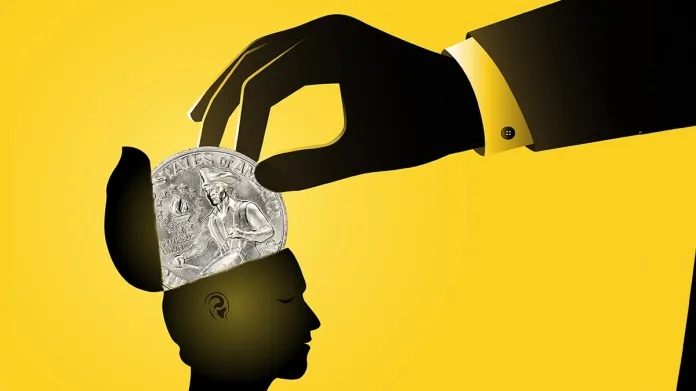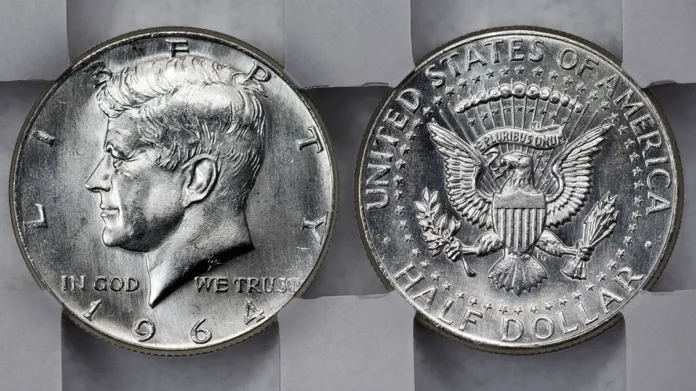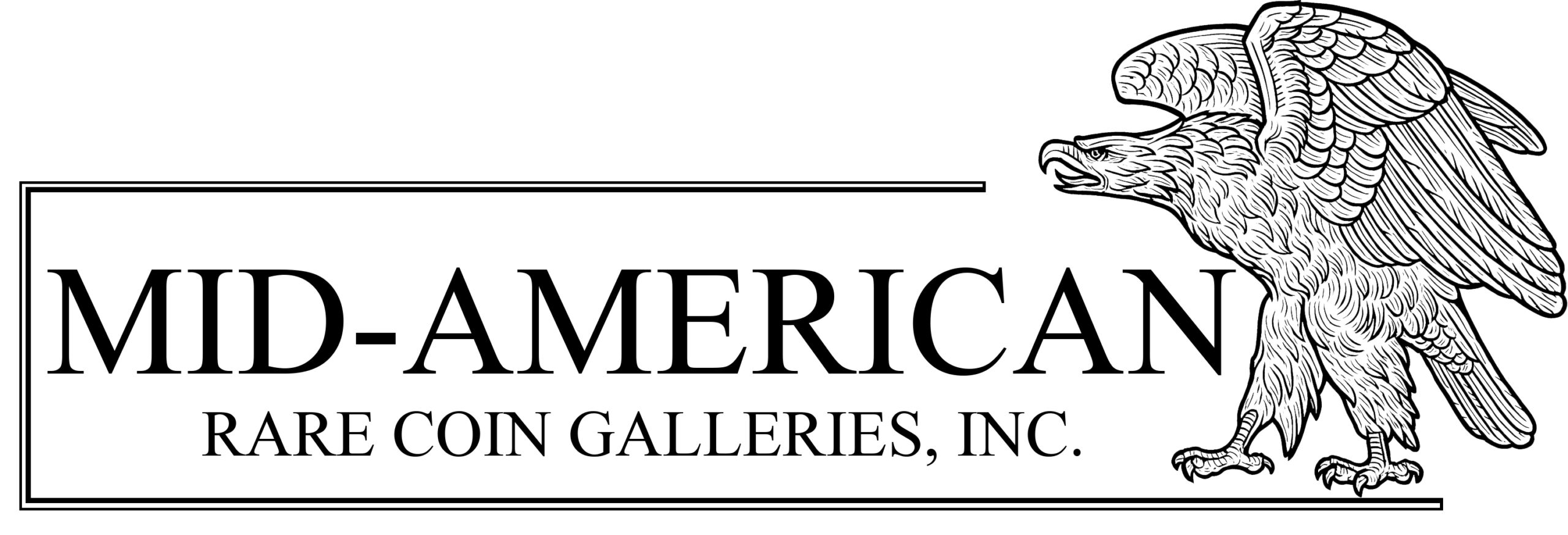My morning ritual includes a cup of coffee and an attempt to answer the many emails received overnight. This can be exciting, as you never know what someone will be sending an inquiry about.
My handling of the “Great Kentucky Hoard” of Civil War gold started with a brief email and a blurry picture. But unfortunately, the vast majority of emails are about coins with little value. There is so much misinformation circulating on the internet that confuses people trying to look up the value of a coin. This has been taken to new levels recently, as posts on social media and elsewhere make outrageous claims about the value of common coins.

The most recent was perhaps the silliest one I’ve seen in years. A 1976 Bicentennial Quarter is not worth $26 million, even if it was struck on the moon in gold. The purpose of these crazy claims is to tempt those scrolling to click through and to capture their attention for ads. Classic “click bait” maneuvers. I’m sure anyone with a coin shop or web presence hates this spreading of misinformation. Anyone with a 1976 Bicentennial Quarter (there are millions of us) will be tempted to call their local coin shop to find out if they have won the lottery.
There are also companies that claim to have an app for taking a picture of a coin and determining its value. The ads for these apps often show a modern coin with a grossly inflated value. One dubious review for the app stated, “Though I haven’t taken my coins to an expert or had them appraised by anyone, I feel the app served me well, with a better understanding and invaluable amount of knowledge that I didn’t have otherwise.” The use of AI might one day make this a reality, but we are very far from being able to determine value of a coin by snapping a picture with an app on your phone.

Beside the flood of misinformation and fake news that circulates on the internet about rare coins, legitimate news can also be confusing to anyone trying to determine value through a Google search. A 1964 Kennedy Half Dollar graded NGC MS68★ recently sold for about $57,600 in a major auction. The coin is a spectacular, high-grade example and one of the finest circulation strikes seen for the date. The aggressive auction price was probably the result of two Registry set bidders doing battle.
The problem this creates is that anyone who finds this information on the internet could get confused because they might have a roll of 20 coins that “look” identical. It’s really hard to explain to someone on the phone why not just any example of a 1964 Kennedy Half Dollar is worth $60,000.
We often have this problem with veteran collectors who think they may have coins of this caliber. Every week, our company has to explain to people why they should not waste grading fees on coins that have no real shot of achieving similar results. One of my young interns recently graded for one of the major third-party grading companies for one week. He was amazed by how many submissions he was asked to grade that contained basic pocket change.
Recently, the new owners of the “Red Book” hosted a multi-day summit to discuss ways to improve the Guide Book of United States Coins (Red Book). One of the topics included a discussion about including more detailed information and illustrations referencing coin grading. There are plans to more fully explain the vast jump in prices for coins from one grade to the next.
Also, we will include information about ultra-grade coins and why they bring so much. The Red Book has a tremendous amount of information for those unfamiliar with the hobby. The reference will need to include a robust section about misinformation.
Probably the most prolific topic we receive emails about are error coins, or what people think are error coins. The below pictures are examples of the sort of inquires we get almost daily. We usually tell people we do not handle error coins, but this is just trying to be kind. Many individuals become confused by damage on coins, so they believe it to be a mint-caused error. The value of minor mint errors is grossly overestimated by the general public.
We receive dozens of calls and emails each week about recent vintage coins and mint errors. Everyone in my company tries to be helpful and educate people about the true value of what they have. It can be a difficult task, as not everyone likes what you’re telling them and so they become distrustful.
One important tip for anyone who seeks out information about the value of something: Do not argue with the experts. This can lead to confrontation or being hung up on. Be patient and trust the experts who have been doing this for decades.
Another tip is to purchase a copy of the Guide Book of United States Coins (the Red Book), which was mentioned above. There is an incredible amount of information for those unfamiliar with the hobby. Websites like CoinWeek and NGCcoin.com also has a lot of useful information.
The next time you read a story about a relatively modern coin selling for tens of thousands of dollars, seek advice from an expert before spending money for grading fees. Having your coins pre-screened at the nearest coin shop can save you lots of time and money. You can also have your coins checked at the many coin shows held around the country.
We are all inundated by suspicious news every day and coin stories are no different. Don’t let the lure of instant riches perpetuated by misinformation lead you on a wild numismatic goose chase that will never materialize. Rare coins are exciting, and you never know. But the odds are not in your favor for finding instant riches in your pocket.
